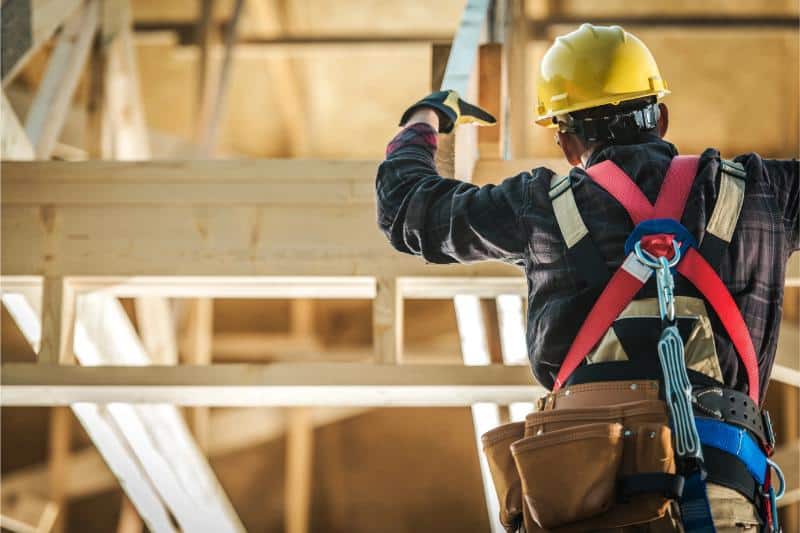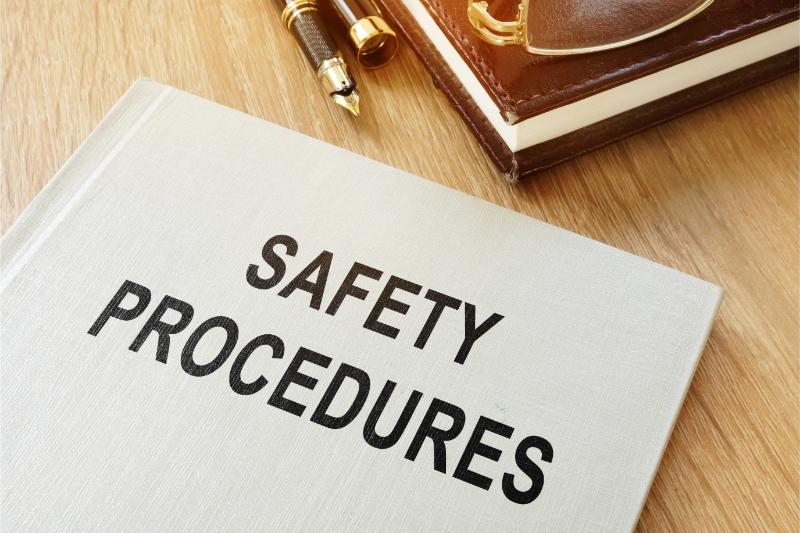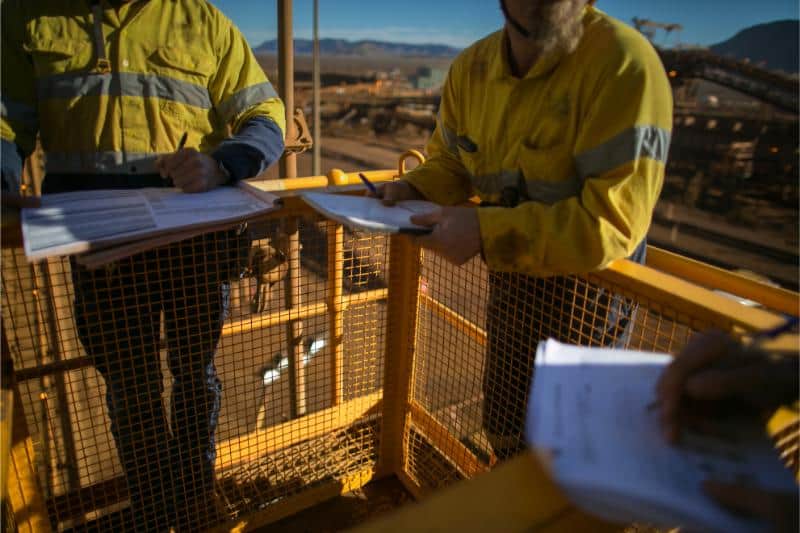Navigating the intricate web of compliance regulations can be a daunting task for construction companies operating in Phoenix. With a unique set of local safety regulations, building codes, and legal obligations, it’s crucial to have a comprehensive roadmap to ensure your projects adhere to all necessary standards. This guide will equip you with the knowledge and strategies to traverse the compliance jungle confidently, protecting your business, workforce, and community.
Understanding the Compliance Landscape in Phoenix
The compliance landscape in Phoenix is characterized by a blend of local, state, and federal regulations that govern construction projects. From the Phoenix Construction Code, which outlines building standards, to the Arizona Occupational Safety and Health Act (AZOSHA), which enforces workplace safety, contractors must navigate a complex web of requirements.
Additionally, companies operating in Phoenix must comply with the Environmental Protection Agency’s (EPA) guidelines for air quality, water pollution, and waste management. Failure to adhere to these regulations can result in hefty fines, project delays, and legal consequences.
Deciphering Key Safety Regulations
At the heart of compliance lie critical safety regulations that prioritize the well-being of workers and the public. The Occupational Safety and Health Administration (OSHA) sets nationwide standards for workplace safety, including requirements for personal protective equipment (PPE), fall protection, and hazard communication.
Local building codes, such as the Phoenix Building Construction Code, provide specific guidelines for construction practices, materials, and inspections. These codes ensure structural integrity, fire safety, and accessibility, among other essential aspects of construction projects.
Contractors must also comply with worker safety standards outlined by AZOSHA, which cover topics like hazardous material handling, confined space entry, and excavation safety. Familiarizing yourself with these regulations and implementing clear protocols is crucial for maintaining a safe and compliant work environment.
Creating a Compliance Checklist
To streamline the compliance process, it’s essential to develop a comprehensive compliance checklist. This checklist should serve as a step-by-step guide, covering all phases of a construction project, from pre-planning to final inspections.
1. Pre-Planning Phase: Obtain necessary permits, conduct site assessments, and develop a safety plan.
2. Construction Phase: Implement safety protocols, conduct regular inspections, and maintain detailed documentation.
3. Inspection Phase: Schedule inspections, address any violations, and ensure all requirements are met.
4. Project Completion: Obtain final approvals, file necessary paperwork, and conduct post-project evaluations.
By following this checklist meticulously, contractors can systematically approach compliance, minimizing the risk of oversights or violations.
Training Your Team: Safety First
Compliance cannot be achieved without a well-trained and knowledgeable workforce. Investing in ongoing training programs for your team is crucial to ensuring they understand and adhere to safety regulations.
Regular safety workshops and certifications should cover topics like hazard identification, PPE usage, and emergency response procedures. Additionally, designating a safety officer or compliance manager can help maintain accountability and ensure consistent implementation of safety protocols.
Empowering your team with the necessary knowledge and skills not only promotes compliance but also fosters a culture of safety, which can lead to increased productivity, reduced incidents, and a more engaged workforce.
Navigating Permit and Inspection Processes
Obtaining the necessary permits and passing inspections are critical milestones in any construction project. In Phoenix, contractors must navigate the processes established by the City of Phoenix Planning and Development Department, which oversees the issuance of permits and conducts inspections.
Common pitfalls in this process include incomplete applications, missed deadlines, and failure to address identified violations promptly. To streamline this process, contractors should familiarize themselves with the required documentation, establish clear communication channels with city officials, and promptly address any concerns or violations raised during inspections.
Leveraging Technology for Compliance
In today’s digital age, technology can be a powerful ally in managing compliance effectively. Software solutions and mobile applications offer real-time updates, alerts, and documentation tools that can significantly simplify compliance management.
Platforms like Safirst provide contractors with a centralized hub for tracking safety protocols, maintaining inspection records, and monitoring regulatory changes. Additionally, digital documentation tools streamline the process of capturing and storing critical data, ensuring easy access and retrieval when needed.
By embracing these technologies, contractors can stay ahead of compliance requirements, reduce administrative burdens, and enhance overall efficiency.
Mitigating Risk and Avoiding Legal Troubles
Non-compliance can have severe consequences, including financial penalties, project delays, and legal troubles. To mitigate these risks, it’s crucial to develop a comprehensive risk management plan that addresses potential compliance violations.
This plan should include regular audits, incident reporting procedures, and contingency measures for addressing violations promptly. Additionally, contractors should establish clear lines of communication with legal counsel and regulatory bodies to ensure they remain informed and proactive in addressing any compliance concerns.
By prioritizing risk management and taking a proactive approach to compliance, contractors can protect their business, workforce, and reputation from the potentially devastating impacts of non-compliance.
Sustainable Practices and Compliance
In recent years, there has been a growing emphasis on sustainable construction practices, not only for their environmental benefits but also for their alignment with compliance requirements. Green building practices, such as energy-efficient design, water conservation, and waste reduction, can help contractors meet safety regulations while also contributing to a more sustainable future.
Phoenix, in particular, has been at the forefront of promoting sustainable construction through initiatives like the Phoenix Green Construction Code and the City of Phoenix Green Construction Incentive Program. By embracing these practices, contractors can not only achieve compliance but also position themselves as leaders in the industry, appealing to environmentally conscious clients and communities.
Staying Informed on Regulation Changes
The compliance landscape is ever-evolving, with new regulations and updates being introduced regularly. Staying informed about these changes is crucial to maintaining compliance and avoiding potential violations.
Contractors should regularly monitor industry publications, local government websites, and professional organizations for updates and announcements related to safety regulations and compliance requirements. Attending industry events, seminars, and workshops can also provide valuable insights and networking opportunities to stay ahead of the curve.
By prioritizing continuous learning and staying informed, contractors can proactively adapt their processes and procedures to align with the latest compliance standards, ensuring their projects remain compliant and their business thrives.





